The following article by Alistair Aitken OBE was first published in the April 2003 edition of Pipe Band Magazine, an edition now out of print. It throws some light on the still mysterious (to some) business of Ensemble adjudication. Given the rapid approach of the 2017 pipe band season we thought it would be helpful to bands currently polishing up their competition MSRs and Medleys.

In the last edition of the magazine we introduced the subject of Ensemble adjudication. We concluded by referring to the RSPBA Structured Learning Book 3 which describes Pipe Band Ensemble under four main headings – Introduction, Intonation, Integration and Interpretation. This edition attempts to explain the main aspects of Pipe Band performance which Adjudicators are expected to take into account in each of these four categories when adjudicating Ensemble.
While the whole concept of Pipe Band Ensemble is open to different interpretation, it should be clear that the RSPBA training programme for Ensemble Adjudicators emphasises that the role is significantly different from that of adjudication in the Piping and Drumming disciplines. The Ensemble Adjudicator is expected to focus on assessing the overall musical presentation of the Pipe Band performance and be less concerned with specific technical aspects associated with either Piping or Drumming, although these of course should still be regarded as important and not ignored completely.
Consequently those individuals who successfully complete Ensemble training, which involves two full weekend courses and practical experience as shadow Ensemble Adjudicators at actual competitions, should be assessing and valuing aspects such as the following when adjudicating Pipe Band performances in an Ensemble context:
Introduction: The assessment should concentrate on the quality of the Introduction as a Pipe Band collectively i.e. the precision and accuracy of the collective impact of all the instruments – Bagpipes, Bass Drum, Tenor Drums and Snare Drums).
[wds id=”6″]
Intonation: In the context of intonation, the focus should be on the quality of the overall Band sound, covering the carrying power of the Band sound and the tonal balance between all the instruments in terms of pitch. The weight balance of the sound in general should also be an important consideration, but it needs to be recognised that the weight balance of the Drum Corps can be varied at times during the performance for musical effect.
Personal preferences can obviously be a factor in this area between Adjudicators as views inevitably will differ depending on the richness, fullness, resonance, brightness, harshness and clarity etc of the Band sound overall.
Integration: Under this category the Adjudicator has to assess the precision and co-ordination of the technical execution between Pipes and Drums throughout the complete performance. The emphasis should be on the integration of the Band as a complete entity (i.e. clarity, phrasing, unison and breaks) rather than on specific technical aspects of Piping and Drumming, although obvious failings in technical aspects should not be ignored.
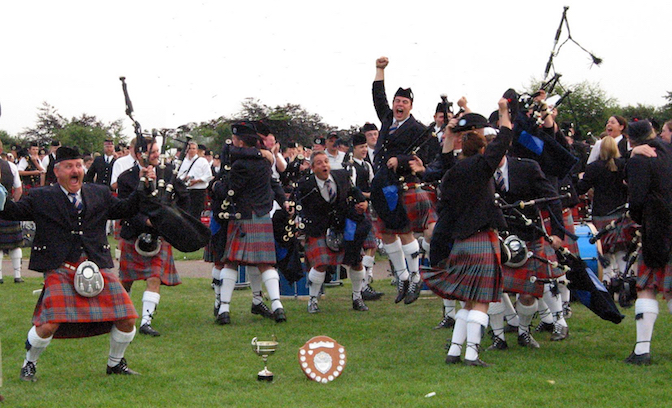
Interpretation: This category offers most scope for comment by the Ensemble Adjudicator. The Adjudicator should be assessing the arrangement of the melodies, the overall expression and the style in which the tunes are being played in relation to their time signature, musical theme etc. The focus should be on assessing aspects which relate to three constituents of music Rhythm, Melody and Harmony – and should take account of areas such as phrasing, rhythmic clarity, fluency, dynamic effect and the overall impact of the performance on the Adjudicator from a musical perspective.
It is probably fair to say that in practice few Critique Sheets from Ensemble Adjudicators cover the above territory fully and there is a tendency for Adjudicators to focus overall Band integration and tonal issues with little or less reference to musical effect and musical balance. This suggests that there could now be value in the RSPBA seeking to review and possibly re-define Pipe Band Ensemble, taking into account the experience gained over the past 37 years.
There have been many innovative developments in Pipe Bands in recent years which have a bearing on Pipe Band Ensemble. There is also a debate about the extent to which the boundaries of the traditional Pipe Band can or should be further broadened. There may be scope for exploring some of these issues in future editions of the magazine.
• The major championship of the pipe band season is the British Championships on 20th May at St James Playing Fields, Paisley. See the Grade 1 draw here. The current issue of Pipe Band Magazine has more details and additional information on all minor contest too.
[wds id=”10″]


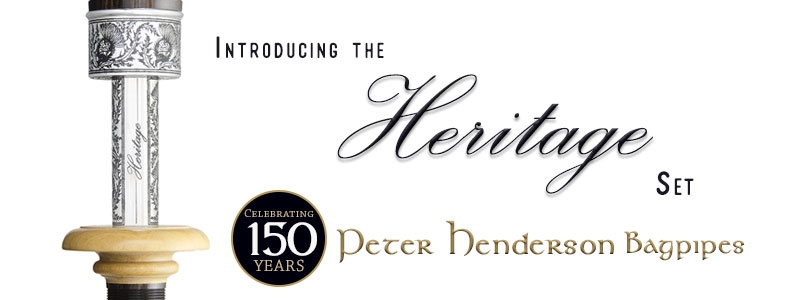

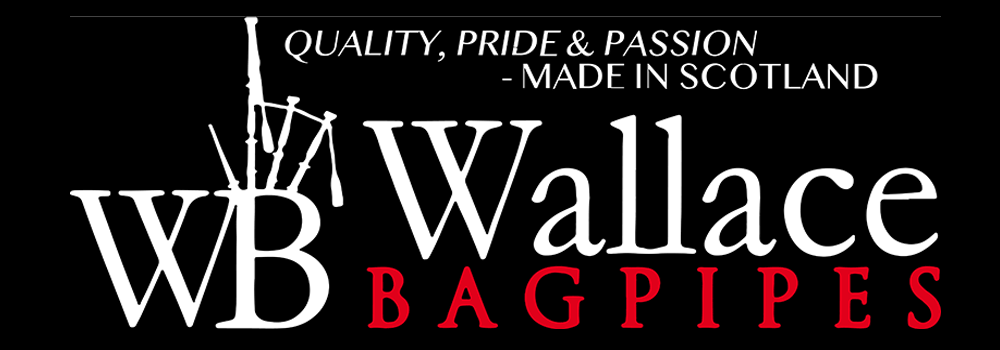




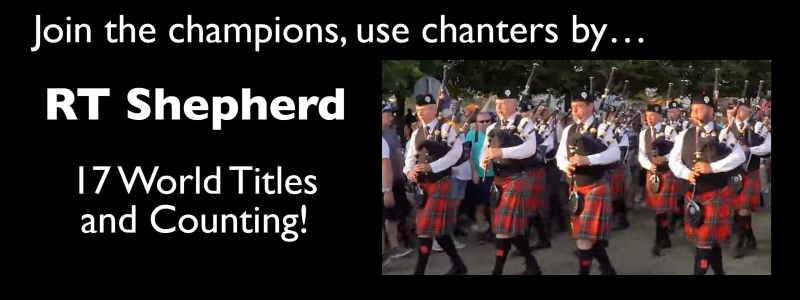



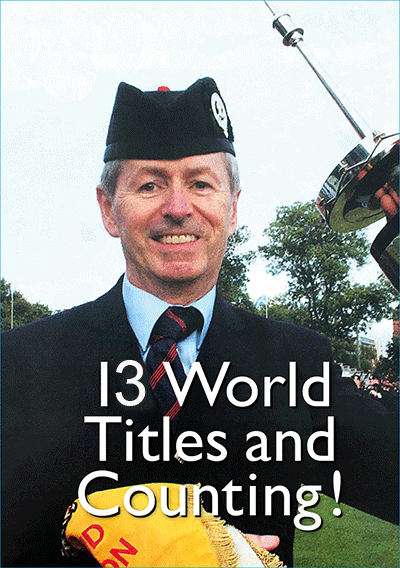
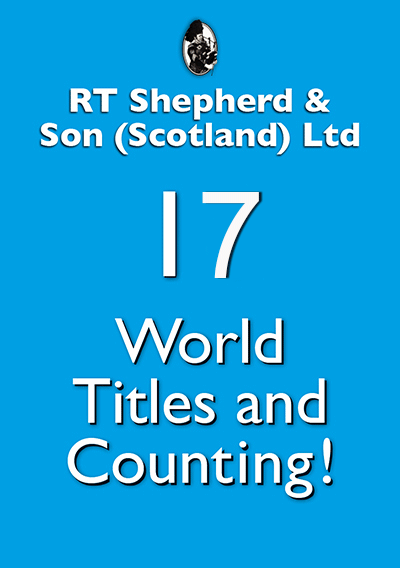








Recent Comments